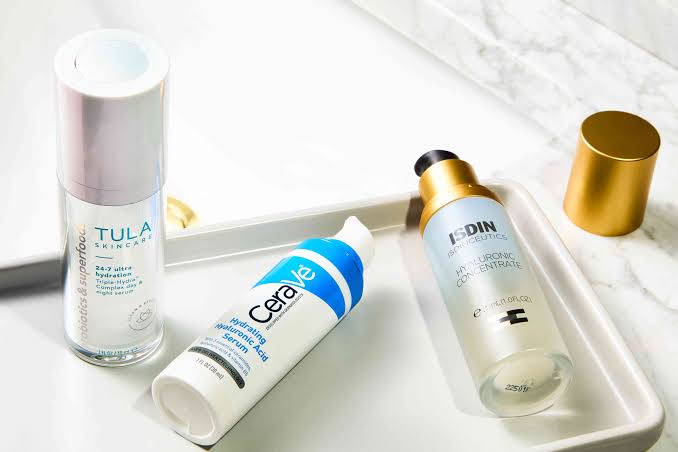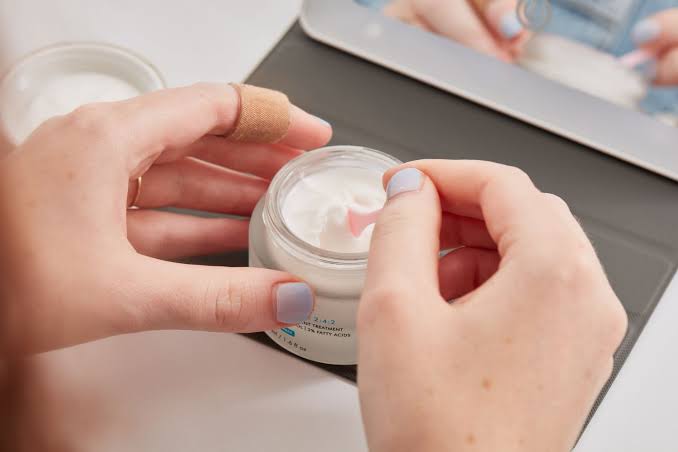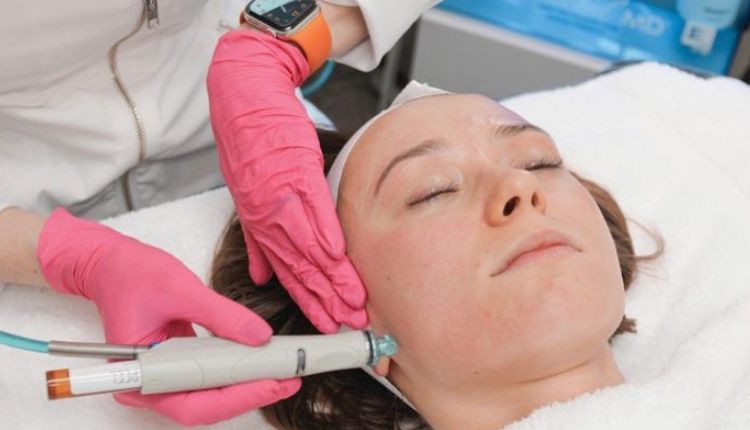The pursuit of luminous, even-toned skin has driven significant advancements in cosmetic formulation science. Contemporary research in cosmetic dermatology has revealed the complex mechanisms behind hyperpigmentation and dullness, leading to breakthrough ingredients that target multiple pathways simultaneously. Incorporating brightening face serums into your skincare regimen delivers concentrated active ingredients that penetrate deeply into the epidermis, addressing discoloration at its source rather than merely masking surface issues. Clinical studies published in the Journal of Cosmetic Dermatology demonstrate that consistent application of well-formulated brightening serums can reduce melanin production by up to 37% while enhancing cellular turnover, resulting in measurable improvements in skin luminosity and uniformity within 8-12 weeks of consistent use.
Inhibition of Tyrosinase Activity
The most effective brightening serums incorporate ingredients that target tyrosinase, the rate-limiting enzyme in melanin synthesis. Advanced formulations utilize multiple tyrosinase inhibitors working through complementary mechanisms to ensure comprehensive results without irritation.
Tranexamic acid, a synthetic derivative of lysine, has emerged as a powerhouse ingredient following research demonstrating its ability to inhibit plasminogen activator, which mediates melanocyte-keratinocyte interactions and subsequent melanin transfer. Clinical trials have shown that 3% tranexamic acid can reduce post-inflammatory hyperpigmentation and melasma by approximately 60% after 12 weeks of application.
Alpha-arbutin, a glycosylated hydroquinone compound, competitively inhibits tyrosinase without cytotoxicity concerns associated with hydroquinone. Its higher stability in formulations means prolonged effectiveness during product shelf-life, with studies demonstrating sustained lightening effects at concentrations between 2-4%.
Enhanced Cellular Turnover and Exfoliation
Brightening serums often incorporate gentle exfoliating agents that accelerate the removal of melanin-laden keratinocytes from the skin’s surface. This action complements pigment-inhibiting ingredients by reducing the appearance of existing discoloration while preventing new hyperpigmentation.
Polyhydroxy acids (PHAs) like gluconolactone and lactobionic acid represent advanced exfoliating technology, offering similar benefits to traditional AHAs but with larger molecular structures that limit penetration depth and minimize irritation. Research demonstrates that PHAs additionally possess antioxidant properties that protect against UV-induced free radicals, addressing multiple causes of uneven skin tone.
Mandelic acid, an AHA derived from bitter almonds, has demonstrated particular efficacy for addressing hyperpigmentation in darker skin tones due to its larger molecular size and lipophilic properties. Clinical studies show significant improvement in melasma and post-inflammatory hyperpigmentation with minimal risk of post-inflammatory hyperpigmentation, a common adverse effect with more aggressive exfoliants.
Antioxidant Protection Against Oxidative Damage
Modern brightening serums incorporate powerful antioxidants that neutralize free radicals, preventing oxidative damage that triggers melanogenesis and contributes to uneven skin tone.
Glutathione, particularly in its reduced form, has emerged as a potent brightening agent that not only scavenges free radicals but also inhibits tyrosinase and shifts melanin production from eumelanin (darker pigment) to pheomelanin (lighter pigment). Advanced formulations utilize liposomal delivery systems to enhance stability and skin penetration of this otherwise easily oxidized molecule.
Stabilized vitamin C derivatives, such as tetrahexyldecyl ascorbate and ethylated ascorbic acid, provide superior penetration compared to traditional L-ascorbic acid while maintaining stability in formulation. These lipid-soluble forms effectively inhibit tyrosinase activity while simultaneously protecting against photo-damage that can trigger hyperpigmentation cascades.







